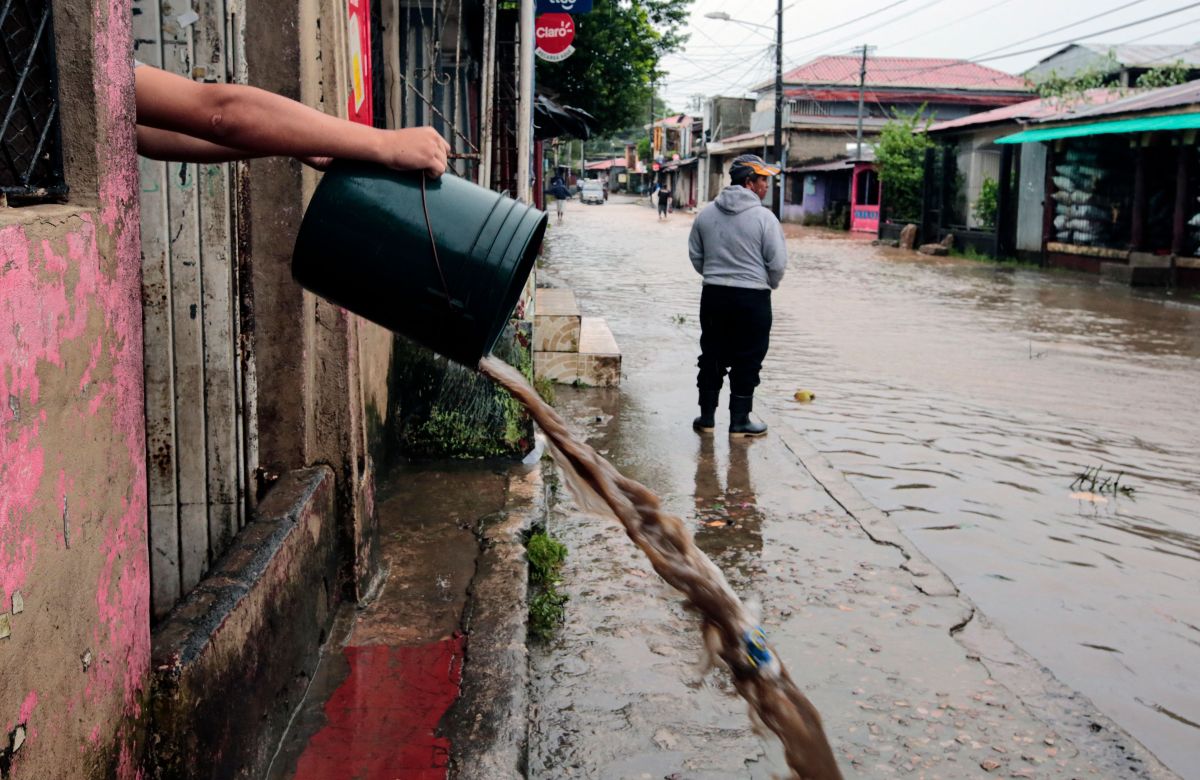Though Hurricane Julia has dissipated, it is still dousing Guatemala and El Salvador with torrential rains after it resurfaced in the Pacific after hitting Nicaragua.
It was reported that at least 28 people died as a direct or indirect result of the storm.
Guatemala’s disaster prevention agency said five people were killed after a hillside collapsed on their home in Alta Verapaz province, burying them.
In Huehuetenango province, near Mexico, nine people died, including a soldier while carrying out rescue work.
Authorities in El Salvador said five Salvadoran army soldiers were killed after a wall collapsed on a house where they sought refuge in the town of Comasagua, where hundreds of police and soldiers have been conducting raids against gangs. Another soldier was wounded.
Two other people died in the city of Guatajiagua, in eastern El Salvador, after heavy rains caused a wall in their house to collapse.
Another man in El Salvador died when he was swept away by a current, and another died when a tree fell on him.
Rivers burst their banks and El Salvador declared a state of emergency and opened 80 storm shelters.
In neighboring Honduras, a 22-year-old woman died when she was swept away by currents, and three people died when their boat flooded or capsized in northern Honduras.
A man in Nicaragua died from a falling tree.
Julia hit Nicaragua’s central Caribbean coast early Sunday as a hurricane with maximum sustained winds of 140 kph (85 mph) and survived passing through the country’s mountainous terrain, entering the Pacific late in the day as a tropical storm.
By Monday, Julia had moved inland over Guatemala and its winds had dropped to 30 mph (45 kph).
The US National Hurricane Center said Julia’s vortex was about 125 kilometers (80 miles) west-northwest of Guatemala City and moving west-northwest at 24 kph (15 mph).
The center said flooding and mudslides were possible in Central America and southern Mexico through Tuesday, with the storm expected to bring up to 15 inches (38 centimeters) of rain to isolated areas.
In Guatemala, two people were listed as missing and two hospitalized, and some 1,300 people had to flee their homes due to flooding and rising streams.
Julia was expected to dissipate later Monday as it passed the Guatemalan coast.
Colombia’s national disaster agency reported Sunday that Julia blew off the roofs of several houses and toppled trees as it passed the island of San Andres in eastern Nicaragua. There were no immediate reports of deaths.
In Nicaragua, Vice President Rosario Murillo told TN8 television that 9,500 people have been evacuated to shelters.
Heavy rains and evacuations were also reported in Panama, Honduras and Costa Rica, where some roads were closed due to downpours.

